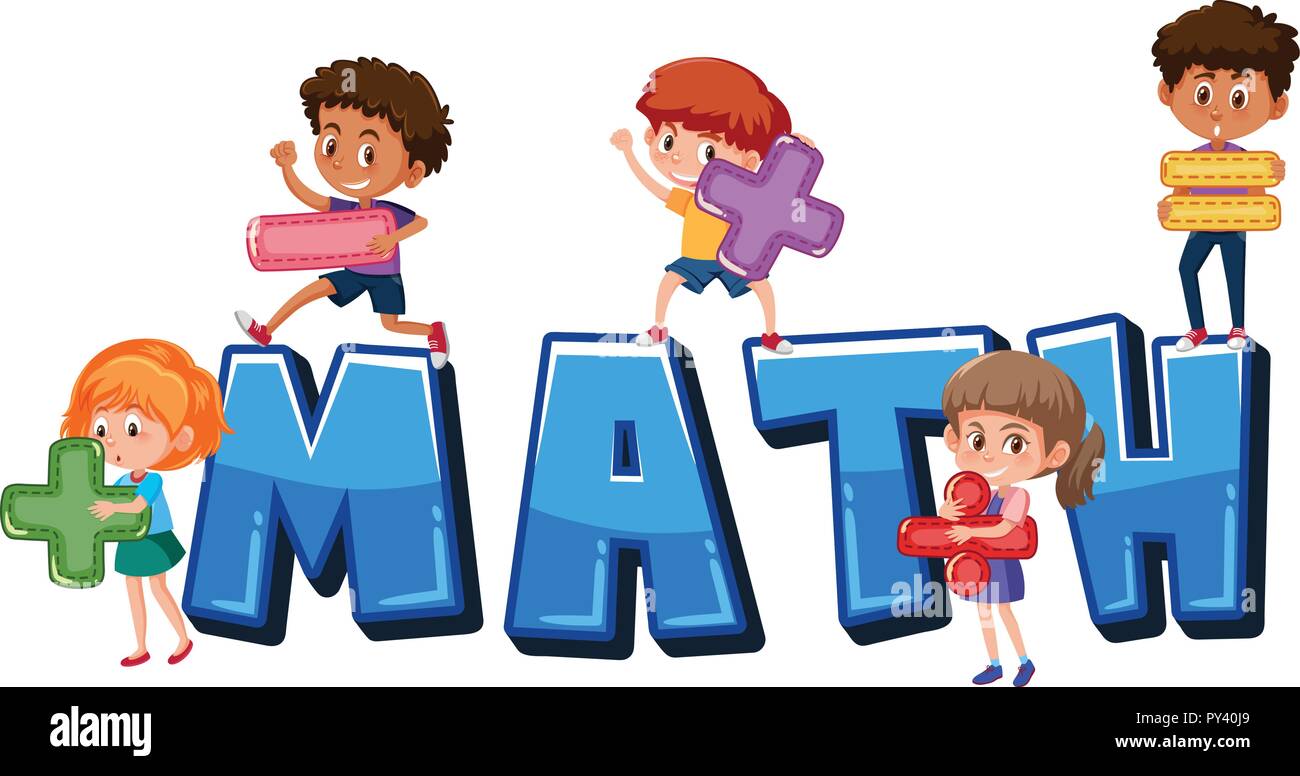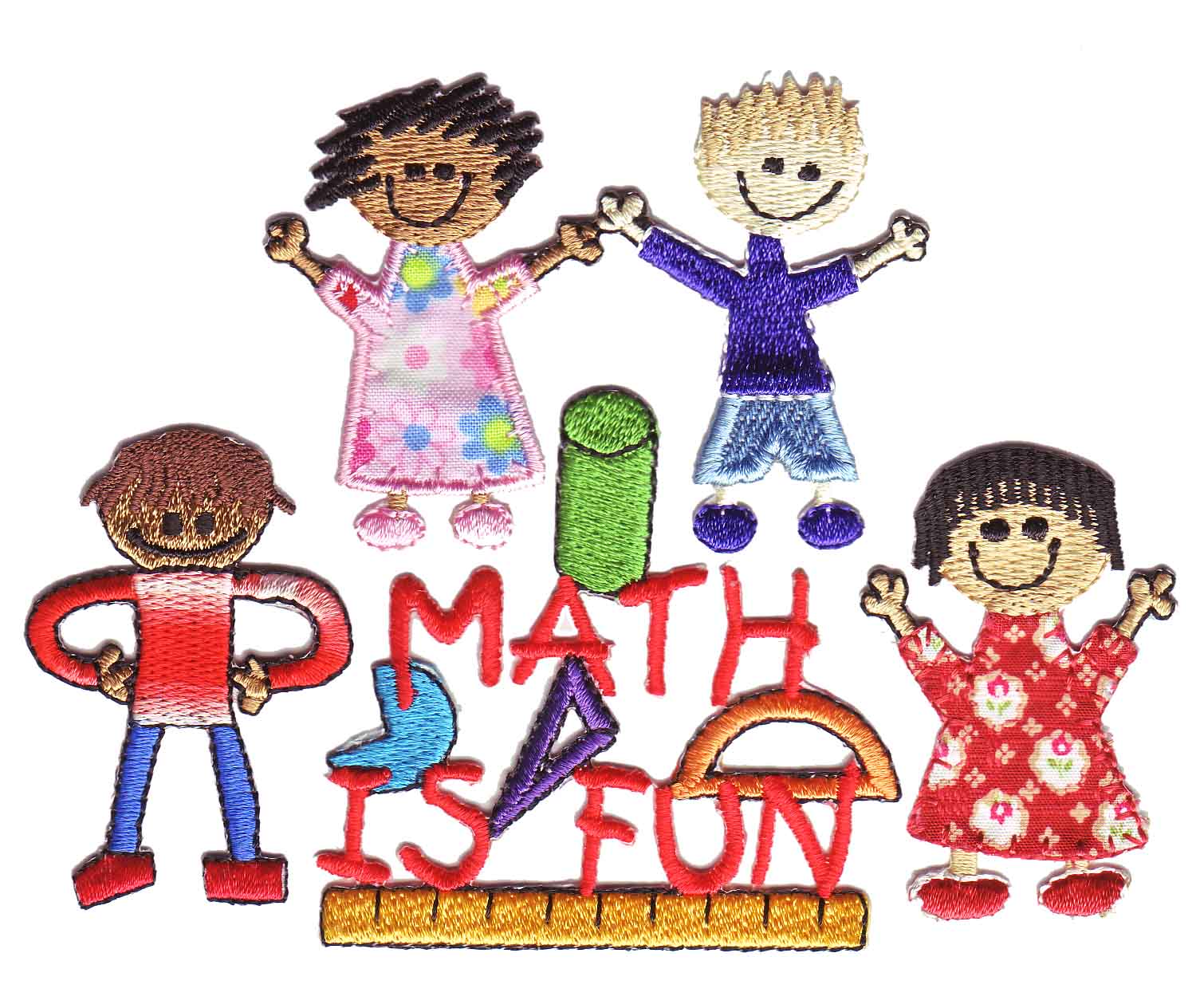
What began as four pieces then has grown to more than 10,500 now through donations and acquisitions. Jerry Mallett, a professor of education at the time, spearheaded the establishment of the children's book illustration collection. The museum's collection was born in 1982, as part of a celebration of the 100th anniversary of Findlay College, the university's predecessor institution. "They would be at home in any art gallery."

"There is a kind of preconceived notion that art from children's books is simple, but you will see that the technical skill is astounding," says Dan Chudzinski, the curator of the Mazza Museum. "The exhibit is framed through these disciplines, but it uses the power of art to help make broader connections to how inventions, practices and discoveries frame our experiences," Talasek says.Įach image was selected to grab the viewer's attention through color, composition or the presence of something unusual and unexpected. The illustrations come from books that span the past half-century: The oldest is from Project Boy by Lois Lenski, published in 1954, and shows a group of children building a fort out of "junk." The subjects traipse from the magic of math to the biology of a decaying log to the engineering of a skyscraper. A third juxtaposes the size of a Volkswagen Beetle driven by a poofy-haired woman with a stegosaurus sporting the same pale violet coloration as the vehicle. In another, sea turtles appear to take off like a flock of sea-green-colored birds from a tower of pink, branching coral. The man's hat floats above and behind him, pushed off by the wind of his motion. In one, a bespectacled older gentleman and his companion, a young boy in a red t-shirt, lean to the side as they feel the centrifugal force of a rollercoaster's curve. Each illustration explores the worlds of science, engineering or medicine. The exhibition features 29 artworks from the collection of children's book illustrations at the Mazza Museum, located at the University of Findlay in Ohio. That's the premise behind a new exhibition, " Igniting the Imagination," which opened this week at the National Academy of Sciences (NAS) in Washington D.C. But one doesn't have to be a child to find delight and wonder in images from children's books.



Talasek, the director of the Cultural Programs of the National Academy of Sciences. "Picture books are some of the first memories I have for looking at and understanding the world around me," says J.D. Most likely it was the view the book offered into a different world. Perhaps it was the unfolding story that enthralled a young you, perhaps the luminous illustrations. Think back to a favorite picture book, the one where the edges of the cover grew worn and a few pages loosened from the binding after so many readings. In the hands of woodcutters and craftsmen, their futures are transformed in unexpected ways, reminding us of the power of creativity and ingenuity. Tim Jonke, "To a Carpenter's Shop - Pages 12-13," The Tale of Three Trees, 1998, acrylic - Written by Angela Elwell Hunt and illustrated by Tom Jonke, The Tale of Three Trees is a retelling of an old folk tale of three trees that dream about their futures.


 0 kommentar(er)
0 kommentar(er)
